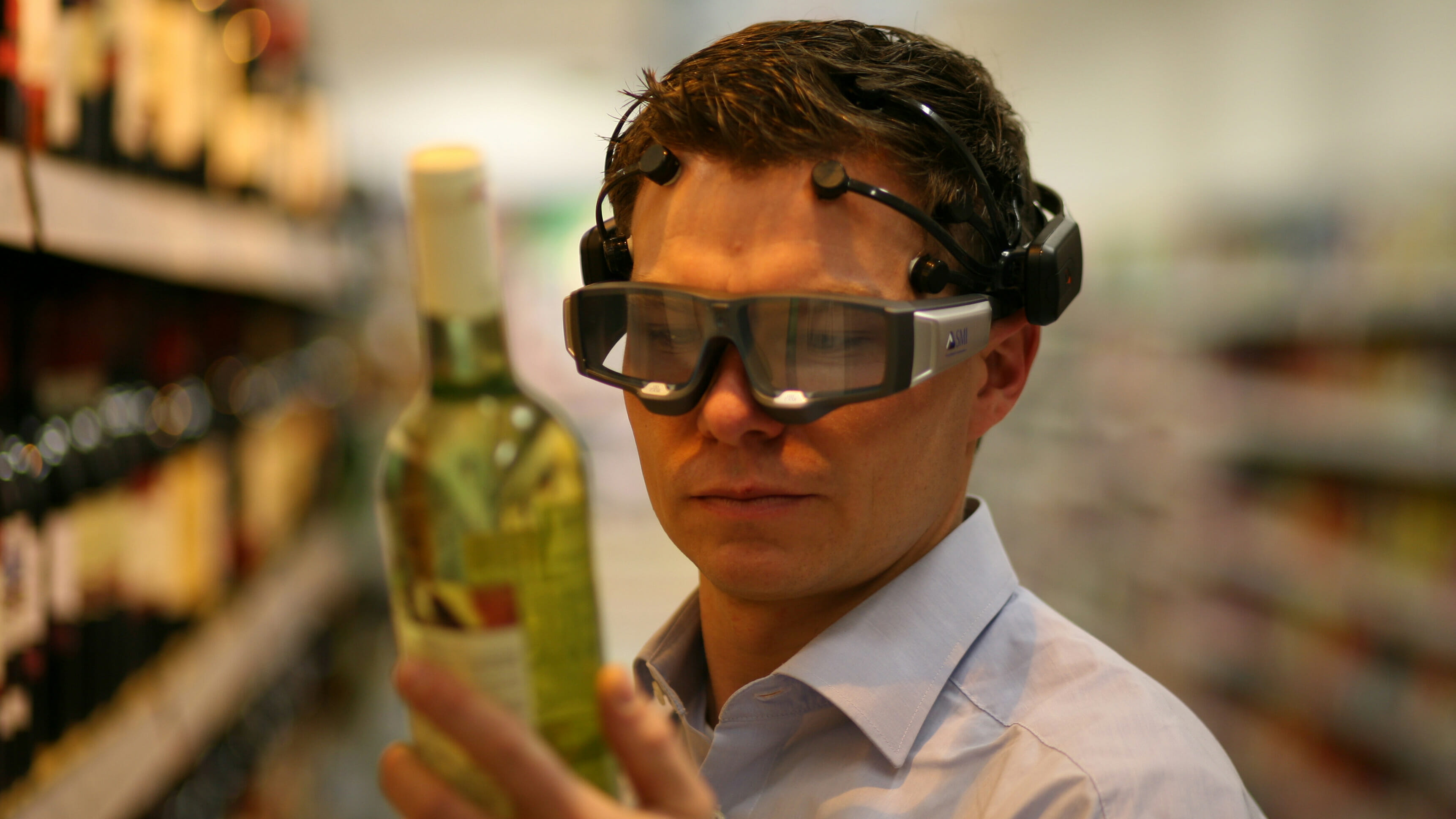On the Mind: How Companies Influence Us with Brain Research

This column, On the Mind, is a series about the latest in cognitive science and neuroscience-related research that applies to our everyday lives. This biweekly series is for those interested in cutting-edge findings about the practical side of habits, memories, multitasking and the human-brain interface. What are the recent studies, and what is the context? See what science says and how you can apply it to your life.
![]()
The idea of “neuromarketing” to influence customers isn’t entirely new. Mindlab International, for instance, started looking at neural responses to products about a decade ago in the United Kingdom. However, only in the past few years has the technology become cheap enough for companies to embrace the technique and shift marketing dollars into neuroscience research.
Generally, neuroeconomics is focused on how individuals make choices, and neuromarketing is focused on how those choices can be influenced. About two years ago, the idea of neuromarketing took off as an actual framework for how to approach customers and use the technique effectively rather than theoretically.
In recent years, tech companies such as SalesBrain in San Francisco and Neuro-Insight in London have popped up to offer these services to advertisers. They use EEG and functional magnetic resonance imaging (fMRI) to measure responses through perspiration, heart rate, eye movement and brain activity. The Neuromarketing Science & Business Association, started in 2012, has more than 1,000 members in 91 countries that aim to create simple messages that “deliberately mix conscious recall with the unconscious” for advertisers.
Studies Say
In the past year, studies involving neuroeconomics and neuromarketing have looked at specific instances of brain reactivity, such as reactions to alcohol and cannabis marketing while sober and while intoxicated. According to the study, we react more to booze and pot ads when we’re sober, even among light and heavy users.
As scientists learn more about neuromarketing, they’re also testing their own methods to better study consumers. In a study released in February, for example, researchers in Sweden, Germany and the Netherlands tested eye-tracking software and found that some were not as effective as others and reported incorrect information sometimes.
Many common references to neuromarketing look back to Daniel Kahneman, recipient of the 2002 Nobel Prize in economics, as the metaphor master when it comes to describing the role of our reptilian brain while making decisions. As he puts it, the reptilian part of the brain — the oldest area responsible for instinct and survival — typically makes our decisions and focuses on avoiding pain.
Of course, as neuromarketing as become popular, columnists have argued against its efficacy as well, saying the studies that support it are often “abstract, ultra-focused and a long way from everyday experience.”
Key Takeaways
-

-

-

-

-

-

-

-

-

-

-

-

-

-

-

-

-

-

-

-

-

-

-

-

-

-

-

-

-

-

-

-

-

-

-

-

-

-

-

-








































